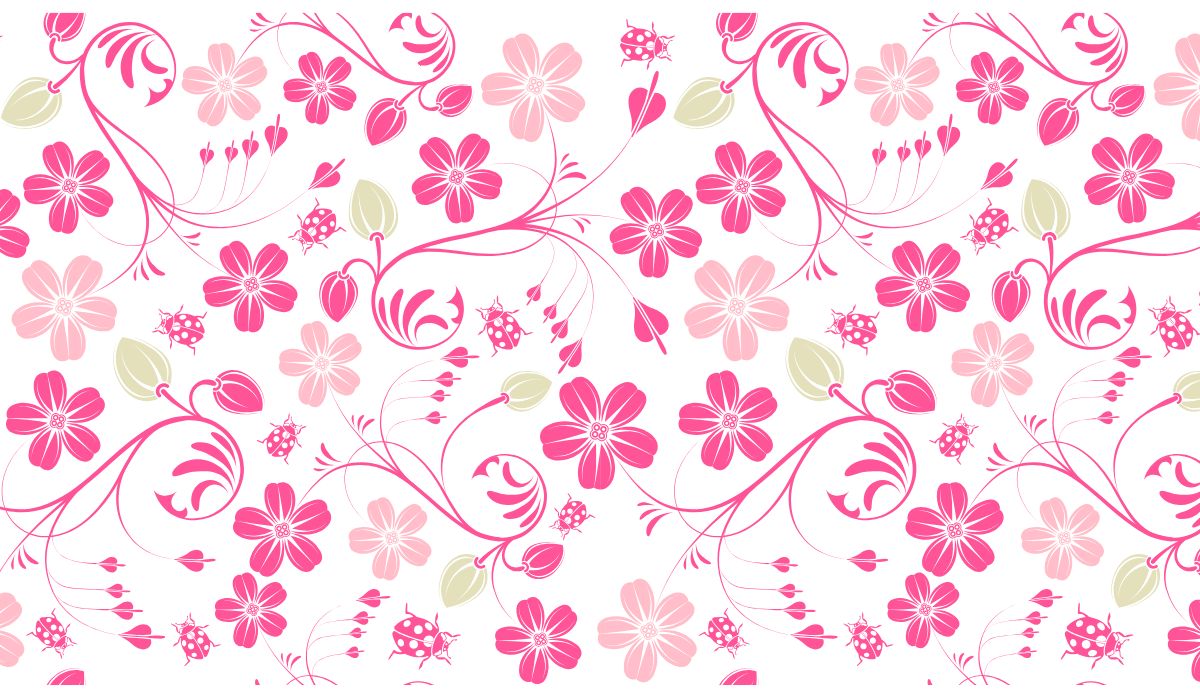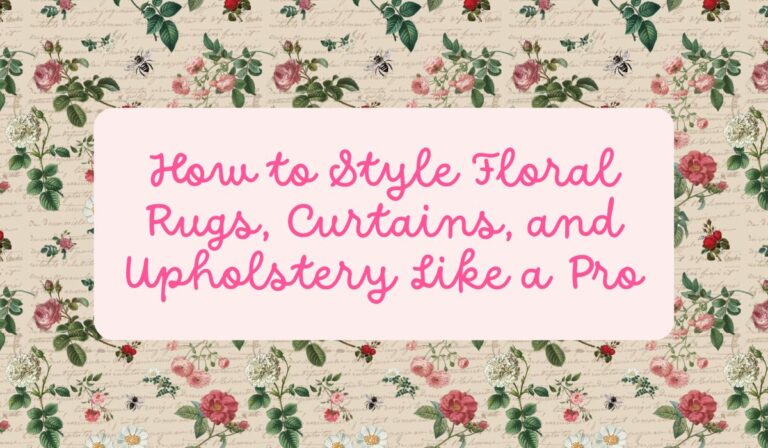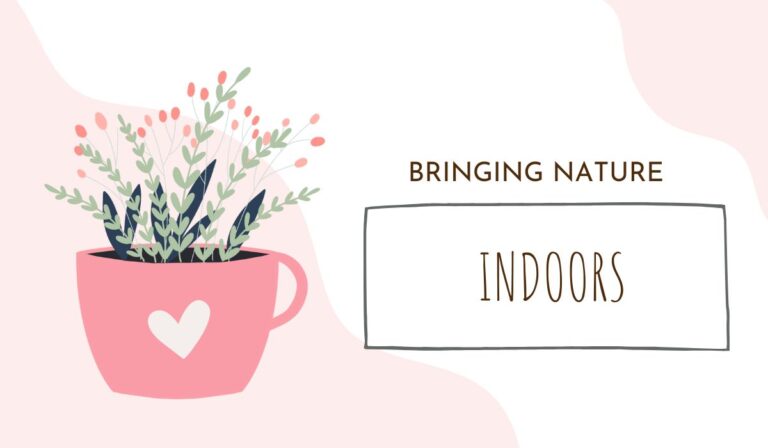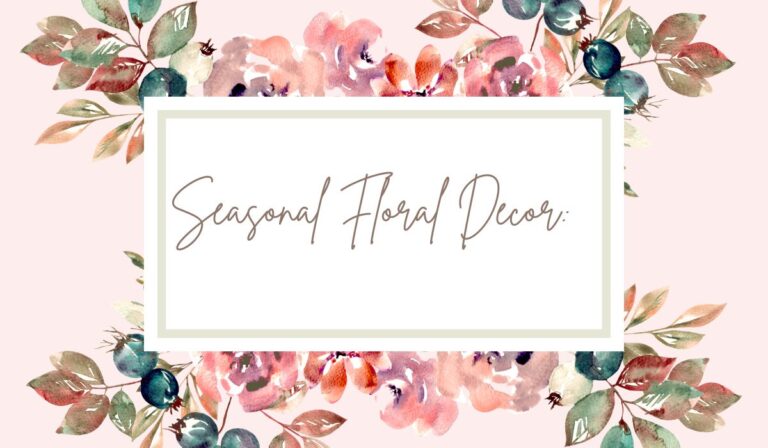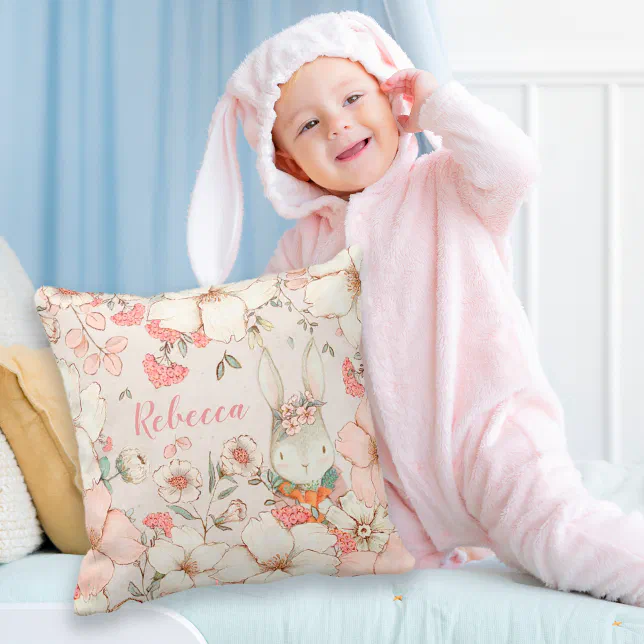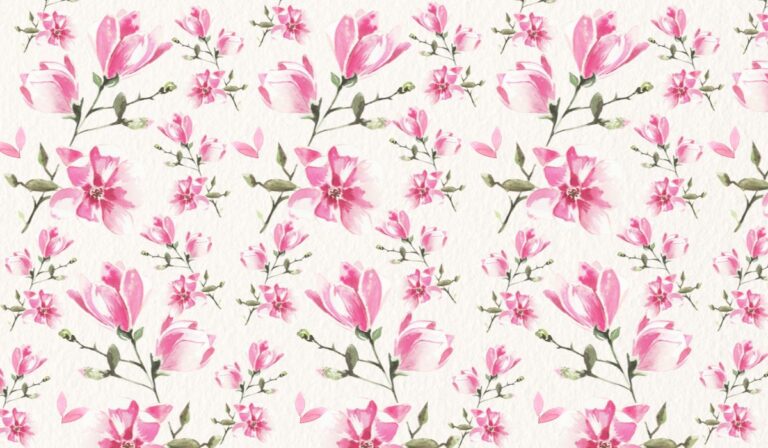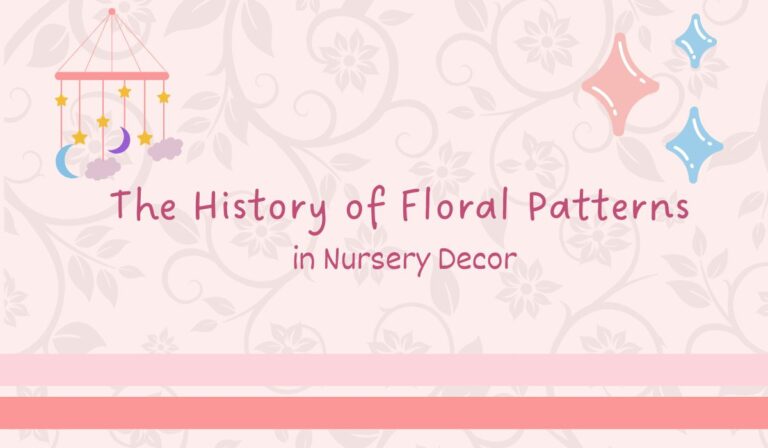Mixing Florals with Other Patterns: A Guide to Perfect Harmony
Incorporating floral patterns into your home decor is a timeless way to introduce natural beauty, warmth, and color to any room. However, when you combine florals with other patterns, it’s important to strike the right balance to ensure the room feels cohesive and visually appealing. The key to success lies in mixing florals with patterns in a way that complements rather than competes. In this guide, we’ll explore the best strategies for mixing florals with other patterns to create a harmonious and stylish space.
1. Understand the Basics of Pattern Mixing
Before diving into specific techniques, it’s important to understand the fundamental rules of pattern mixing. Patterns can either complement each other or create visual chaos. When it comes to florals, the goal is to ensure that each pattern feels like it belongs in the space while still allowing the florals to shine.
Key principles for pattern mixing:
- Contrast in Scale: Mixing large and small patterns is one of the most effective ways to create balance. Large floral patterns can be paired with smaller prints like stripes or polka dots to keep the overall look dynamic but not overwhelming.
- Common Color Palette: Choose patterns that share at least one common color. This creates a sense of cohesion and ensures the different designs work well together. For example, if you’re mixing a floral pattern with stripes, make sure the stripes incorporate one of the colors from the floral design.
- Play with Texture: Texture can be as important as pattern when mixing designs. Pairing a soft, delicate floral with a more structured pattern like a plaid or chevron can help create a well-rounded look.
2. Pairing Florals with Stripes
Stripes and florals may seem like an unusual combination, but when done right, they can create a playful yet balanced design. Stripes offer a sense of structure and order, which complements the organic, flowing nature of floral patterns.
Tips for pairing stripes with florals:
- Vary the Direction: To keep things interesting, mix horizontal and vertical stripes with florals. For instance, floral curtains paired with vertical striped cushions can create a lovely contrast without overwhelming the space.
- Keep it Simple: If your floral print is very busy or vibrant, go for simple, thin stripes in neutral tones. This allows the florals to be the focal point, while the stripes offer a grounding element.
- Balance Color: If the floral pattern is bright and colorful, consider pairing it with stripes in a neutral color like white, grey, or beige. This will help balance the intensity of the floral print.
3. Mixing Florals with Geometric Patterns
Geometric patterns are sharp and symmetrical, making them a natural complement to the soft, organic lines of florals. Combining florals with geometric shapes creates a visual contrast that feels contemporary and exciting while maintaining harmony.
Tips for pairing florals with geometric patterns:
- Opt for Bold Geometrics: Pairing a bold floral design with geometric patterns like triangles, diamonds, or squares can create a striking visual effect. The key is to use one pattern as the dominant feature and the other as a supporting element.
- Use Muted Colors: If you’re mixing a bold floral with a geometric pattern, consider keeping the colors in a similar palette to avoid clashing. Soft neutrals, such as navy, grey, or blush, can help soften the geometric lines and create a more cohesive look.
- Layer the Patterns: Geometric patterns can be used as a background to a bold floral, or vice versa. For example, a floral rug in a living room can be paired with geometric throw pillows for a layered, balanced look.
4. Combining Florals with Animal Prints
Animal prints, with their bold, unpredictable patterns, can create an exciting juxtaposition when mixed with florals. The key here is to find a balance between the wildness of animal prints and the softness of florals, ensuring one doesn’t overpower the other.
Tips for pairing florals with animal prints:
- Stick to Neutral Animal Prints: Animal prints like leopard or zebra can be intense, so it’s best to pair them with more subtle floral designs. Stick to florals in soft, neutral tones such as beige, cream, or soft pastels.
- Limit the Animal Print: Use animal print sparingly—perhaps on a throw pillow or small accent piece—so it doesn’t dominate the space. The floral patterns should remain the focal point of the design.
- Mix Sizes Carefully: Animal prints tend to be bold, so combine them with smaller, less intense floral patterns. Small floral designs can temper the impact of the animal print, resulting in a balanced and chic combination.
5. Florals with Plaid or Checks
Plaid and check patterns are classic and versatile, offering a cozy, traditional vibe to any room. When paired with florals, plaid can provide structure while the florals add softness and vibrancy.
Tips for pairing florals with plaid:
- Go for Subtle Florals: Choose subtle floral patterns in soft hues when pairing with plaid to ensure the combination doesn’t become too busy. For example, a pale floral pillow on a plaid armchair creates a soft contrast without overwhelming the space.
- Choose Complementary Colors: Plaid is often made up of several colors, so choose floral designs that incorporate at least one of these colors. This helps create a seamless flow between the two patterns.
- Use Plaid as an Accent: Instead of mixing florals and plaid throughout the entire room, try using one as the dominant pattern and the other as an accent. For example, a floral duvet could be paired with plaid throw pillows to introduce variety while maintaining harmony.
6. Layering Florals with Textured Fabrics
Textured fabrics like velvet, linen, or wool can add depth and richness to floral designs. When mixing florals with textures, focus on how the fabric type enhances the pattern and contributes to the overall mood of the room.
Tips for pairing florals with textured fabrics:
- Contrast Soft and Rough Textures: If you have a floral fabric that is soft and delicate, pair it with a rougher texture, like a linen or burlap cushion. This contrast adds interest while allowing both elements to shine.
- Create a Rich Layered Look: Layer floral throws, pillows, or upholstery over textured fabrics like velvet or tweed to add depth to the design. The floral pattern will bring a sense of freshness, while the textured fabrics provide a cozy and inviting feel.
- Neutral Backdrops: For a more refined look, consider pairing florals with neutral textured fabrics, like beige linen or light grey velvet. This allows the florals to pop, creating an elegant, balanced design.
Conclusion
Mixing florals with other patterns can be a fun and creative way to enhance your decor, but it requires careful consideration of color, scale, and texture. By following the principles of contrast, choosing complementary color palettes, and balancing the size of the patterns, you can create a harmonious design that feels cohesive and inviting. Whether you’re pairing florals with stripes, geometrics, animal prints, or textured fabrics, the key is to maintain a sense of balance and allow each pattern to complement the others. With these tips, you’ll be able to mix florals with other patterns like a pro and create a space that’s both visually interesting and beautifully cohesive.

